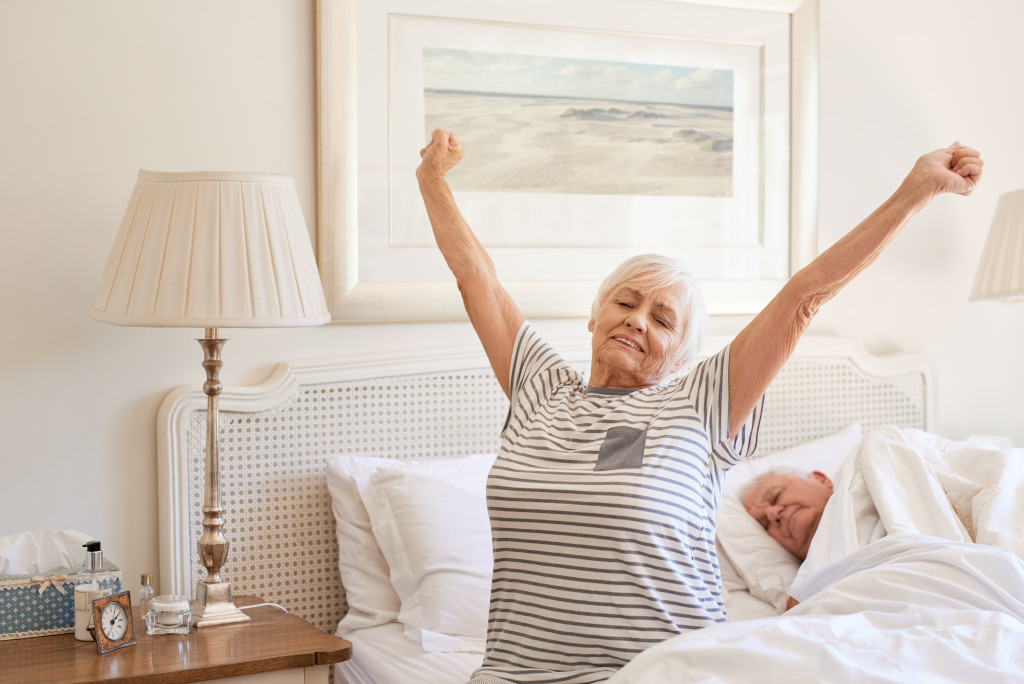- Safety measures in seniors’ homes, such as improved lighting and grab bars, drastically reduce accident risks.
- Comfortable, ergonomically designed furniture like lift chairs support seniors’ mobility and independence.
- Hazardous objects should be stored safely, and homes should be secured against intruders for seniors’ safety.
- Consultation with healthcare professionals can provide bespoke advice for adapting to seniors’ home environments.
As seniors transition into the later stages of their lives, downsizing homes becomes essential for maintaining a comfortable and safe environment. Moving to a smaller, more manageable living space provides numerous benefits, such as decreased upkeep, lower utility costs, and reduced risk of accidents. According to the National Council on Aging, falls are the leading cause of injury among older Americans, and cluttered or oversized homes can significantly contribute to this risk. Furthermore, a study by the American Association of Retired Persons (AARP) reveals that 90% of seniors prefer to age in their homes. Downsizing can make this aspiration more achievable, offering a setup that is easier to navigate and maintain in the long term.
Downsizing, however, might be a challenging process for seniors. As a result, you might want to adjust your home interior for safety instead of leaving to move into a smaller home. Here are a few of the best steps to take when changing the home interior for seniors:
Pursuing Safety Measures

Safety measures are paramount in a senior-friendly home, ensuring the environment promotes independence while mitigating the risk of accidents and falls. Here are a few key safety measures to consider:
Improve Lighting
Good lighting is essential for seniors, particularly for those with visual impairments. Bright, evenly distributed light can prevent accidents by making it easier to navigate the living space. Consider installing extra lights in poorly lit areas and using night lights in bedrooms and bathrooms for nighttime visibility.
Install Grab Bars
Installing grab bars in strategic areas, such as the bathroom and near stairs, can provide extra support and stability. They are essential around the tub, shower, and toilet, with a high risk of slipping.
Remove Trip Hazards
Eliminate potential trip hazards like loose rugs, cords, and clutter. Keep walkways clear and ensure furniture is arranged with plenty of space for walking. Non-slip mats can be used in slippery areas like the bathroom and kitchen.
Install Stair Lifts
If the home has multiple levels, consider installing a stair lift. This device allows seniors to move between floors safely and comfortably, reducing the risk of falls. Seniors often feel confined to one floor if they cannot climb the stairs.
Choosing Comfortable Furniture
Comfortable furniture ensures a relaxing and safe home environment for seniors. As mobility and strength may decrease with age, ergonomically designed furniture can significantly enhance a senior’s quality of life. One example of senior-friendly furniture is a lift chair.
Medical lift chairs are a type of recliner with a powerful lifting system. At the push of a button, the chair gradually rises from its base, enabling seniors to transition from a sitting to a standing position effortlessly. This feature reduces the strain on knees and back, thus minimizing the risk of falls and injuries. Not only do these chairs provide practical benefits, but they also offer comfort. Many versions come with heated seats, massage features, and adjustable back and footrests. Therefore, investing in a lift chair can significantly enhance a senior’s comfort and independence at home.
Also, consider incorporating furnishings like adjustable beds and ergonomic workspaces. These options offer comfort and cater to various needs, such as sleep quality improvement and better posture during leisure activities or tasks. The main goal is to create a living environment that promotes comfort, safety, and ease of use for seniors.
Keeping Hazardous Objects Away

Sharp objects, chemicals, and other hazardous materials should be kept out of reach as seniors struggle to recognize potential safety risks. Store all sharp or heavy items in cabinets with locks, particularly in areas that are accessible to children. Additionally, keep medication out of sight and away from curious hands.
Seniors must also be sure their homes are adequately protected against intruders. Install motion-sensor lights outside the home and lock on all windows and doors. Keep track of spare keys and provide only trusted friends or family members with access to the house.
Final Thoughts
Creating a safe and comfortable home environment for seniors is essential for maintaining independence. These tips can help you transform an existing living space into one that prioritizes safety and comfort for seniors, thereby supporting their desire to age in place. Implementing these changes will enable seniors to enjoy a peaceful environment while minimizing the risk of falls or other accidents. Additionally, consider consulting with a healthcare professional who can provide more detailed advice on how to best adapt the home environment for seniors.

